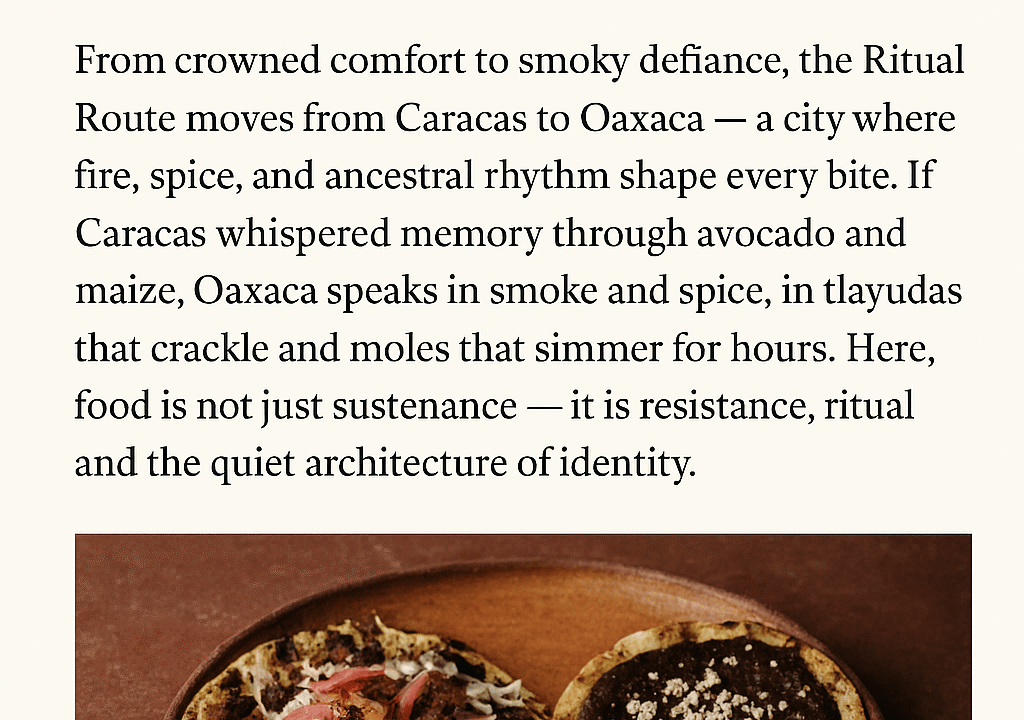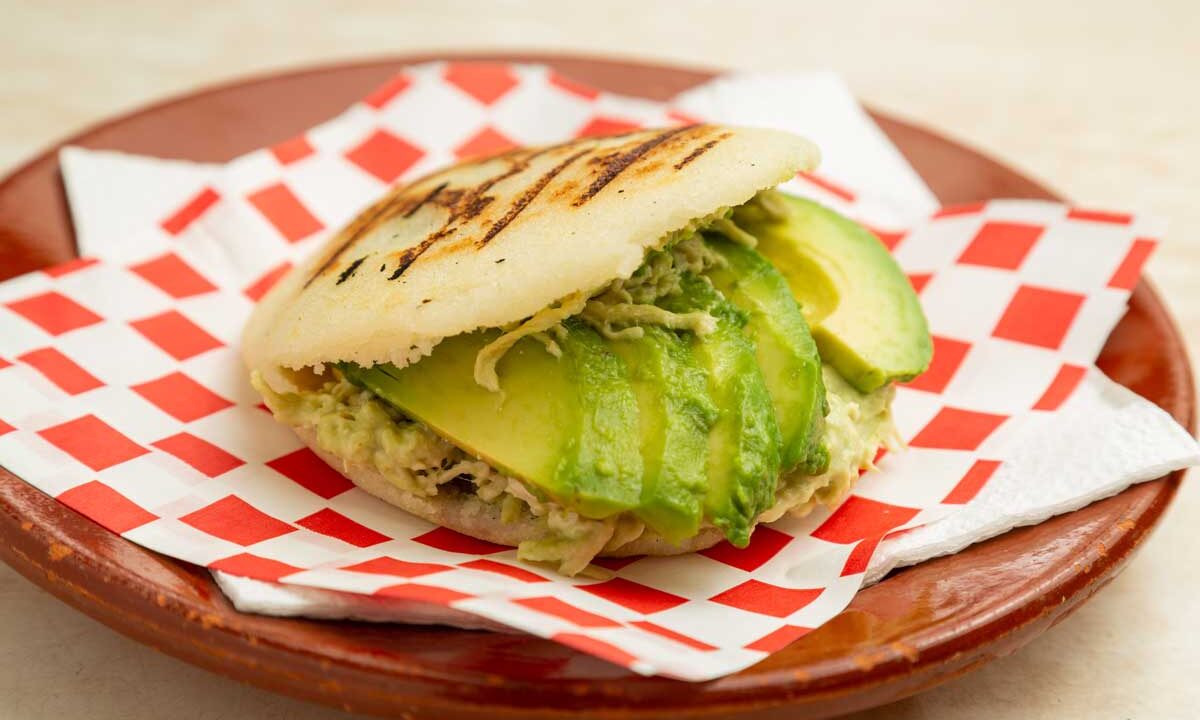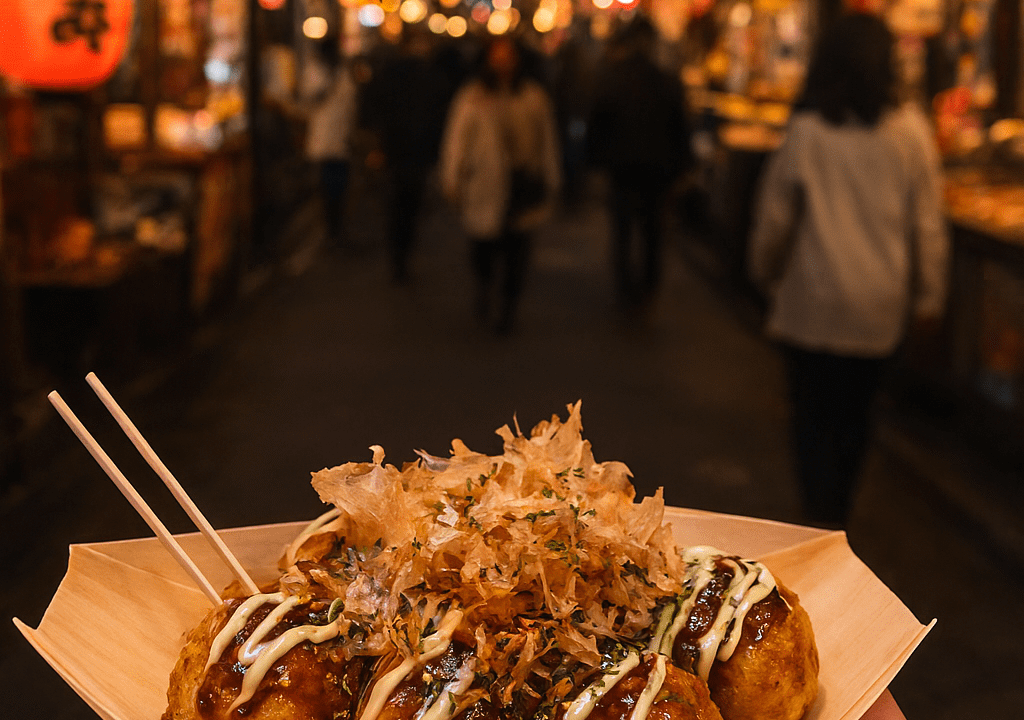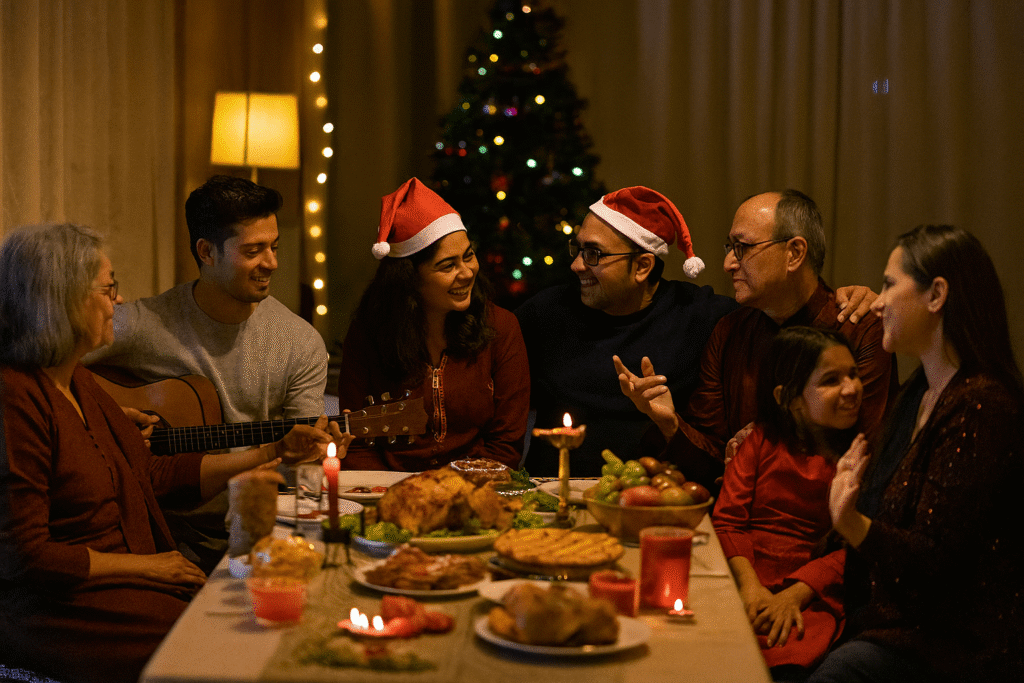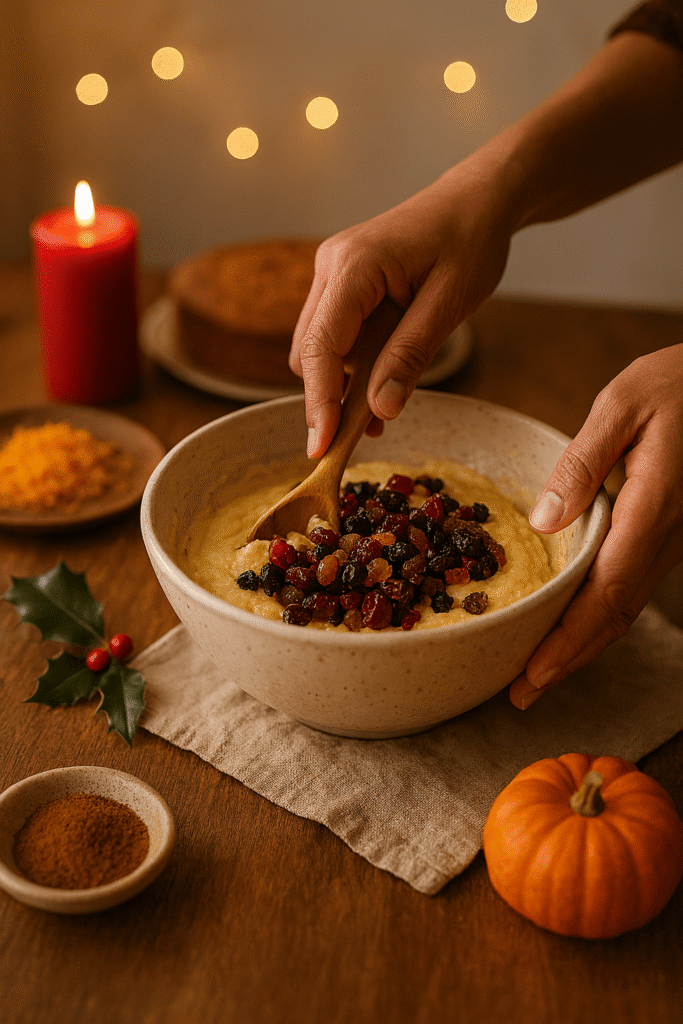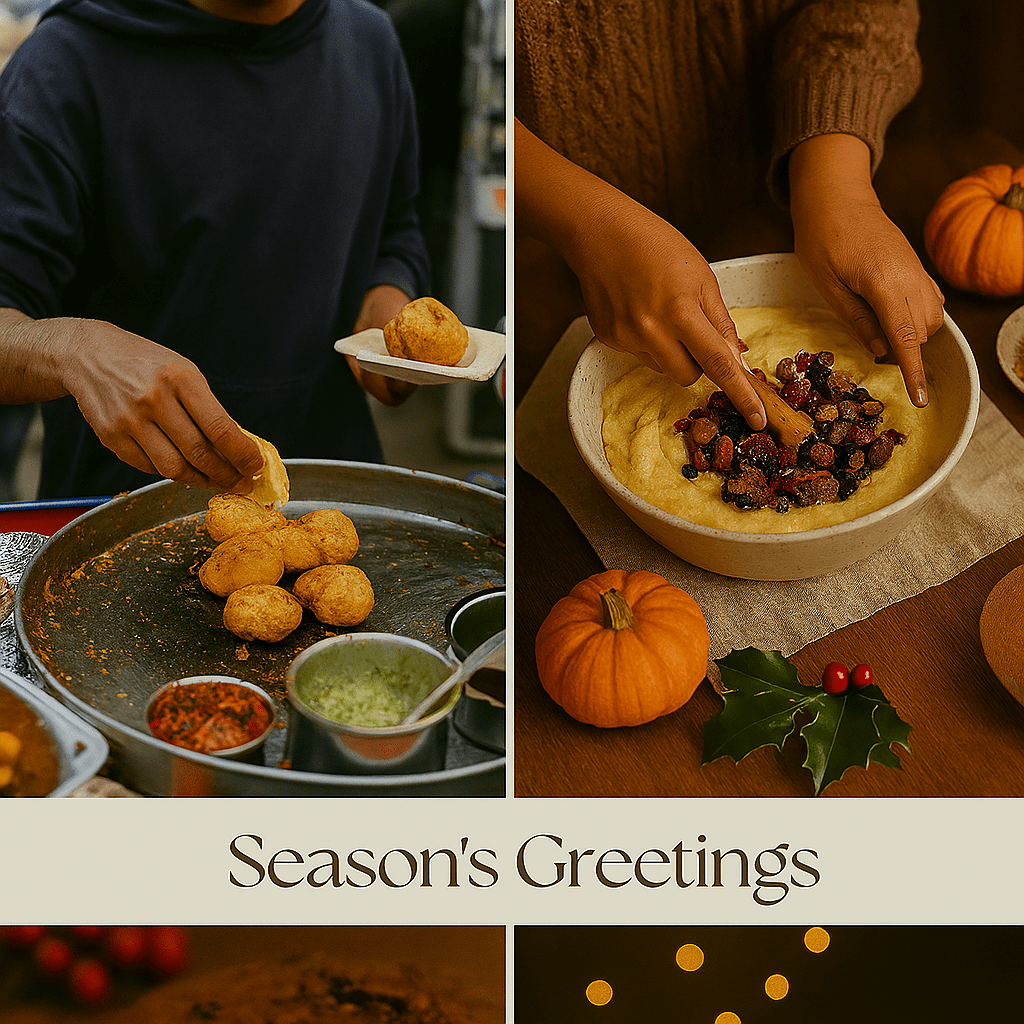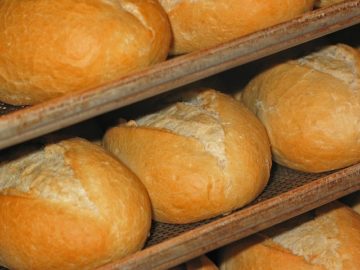Continuing from my earlier post on Bread, following are a few bread recipes worth trying out
Simple White Loaf
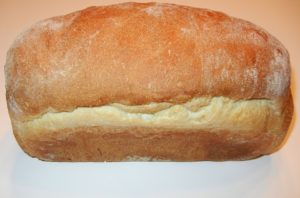
Ingredients
250 gms strong white flour, plus extra for dusting,
1 tsp yeast,
1 tsp fine salt,
1 tsp castor sugar,
2 tbsp. olive oil, plus extra for greasing.
Method:
Mix the flour, yeast, salt and sugar in a large bowl. Make a well in the center and pour in the oil and 130 ml of hot water. Mix together with a wooden spoon until combined, then bring together with your hands. Knead by hand on the work surface for 8-10 minutes, only dusting with a little flour if it’s sticky.
Once the dough is smooth and shiny, rotate it in your hands, whilst tucking under to make a smooth dome shape on the top.
Place the seam side down on a floured baking tray; gently pat down the top to flatten slightly. Gently cover with a lightly greased cling film and leave to rise for about 1 hour 15 minutes.
Preheat the oven to 200c, gas mark 6. Uncover the dough and using a sharp serrated knife make three 0.5cm deep slits across the top. Cover again and leave for 15 minutes.
Uncover and dust the top with a little flour and bake for 25-30 minutes, until golden. Transfer to a wire rack and leave to cool completely before slicing and serving with butter.
Garlic and Rosemary Focaccia
Ingredients
300 gms flour,
1 tbsp. sea salt,
finely ground plus extra (flaky) to sprinkle 2 tsp. yeast,
1 garlic bulb,
15 ml extra virgin olive oil,
Plus, extra for kneading and greasing.
BIGA
BIGA is a type of pre-fermentation used in Italian baking. Many popular Italian types of bread, including Ciabatta, are made using Biga. Using Biga adds complexity to the bread’s flavor and is often used in bread that needs a light, open texture with holes. To make
Biga you need:
200 gms flour,
Pinch of yeast,
Rosemary oil,
20 gms rosemary leaves picked,
100 ml extra virgin olive oil
Method
Prepare the Biga the previous night. In a deep bowl, mix the flour and yeast with 150 ml of warm water. Scrape down the sides, cover and leave at room temperature for at least 8 hours, or ideally for 12- 16 hours. Mix the rosemary and olive oil, cover and set aside. The next day, using your fingers, gradually incorporate the flour, salt, and yeast into the Biga with 225 ml warm water and all the oil, (reserving about 2 tablespoons of the rosemary oil and leaves) until you have a smooth and sticky dough. Transfer to a well-oiled working surface and knead vigorously for 20 seconds, then rest for 10 minutes; repeat this twice, using more oil as needed. Put the dough in a large oiled bowl, cover with a tea towel and leave to prove at room temperature for 1-2 hours, until doubled in size.
Preheat the oven to 200 c, gas mark 6. Put the garlic bulb on a sheet of foil and drizzle with oil; wrap and seal tightly. Roast for 25-30 minutes until tender. Once cool enough to handle, squeeze out the flesh and set aside, discard the skin.
Lightly grease a deep 20cm x 30cm baking tin or dish with oil. Scoop in the dough and stretch it out so it mostly fills the tin. Press the roasted garlic into the dough, then indent all over with oiled fingers. Cover with oiled cling film and prove for 45-55 minutes, until doubled in size.
Put a deep, metal baking dish on the bottom of the oven. When ready to bake, sprinkle the dough with flaky salt and set the tin on the middle shelf, fill the bottom dish with just boiled water. Bake for 30 minutes, until golden (if it is browning quickly, reduce the oven to 180c/ gas mark 4). Remove the bread from the tin and cool on wire rack; cover with a clean, damp tea towel and cool completely. Rub with the reserved 2 tablespoons of rosemary oil and leaves.
OR
You can prepare as Gordon Ramsay does – Olive, Rosemary, and Tomato Focaccia – Gordon Ramsay
BON APPETIT!

